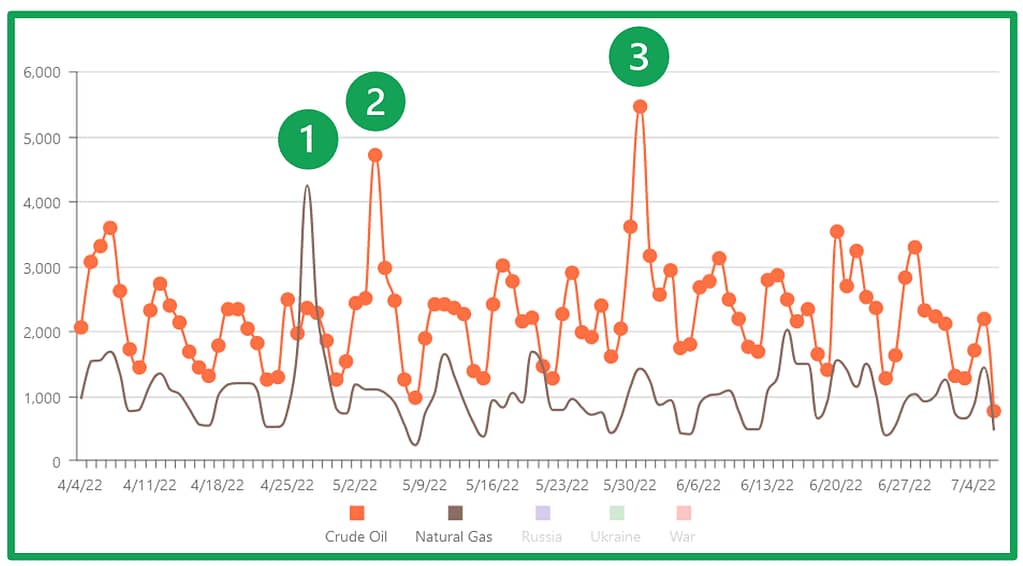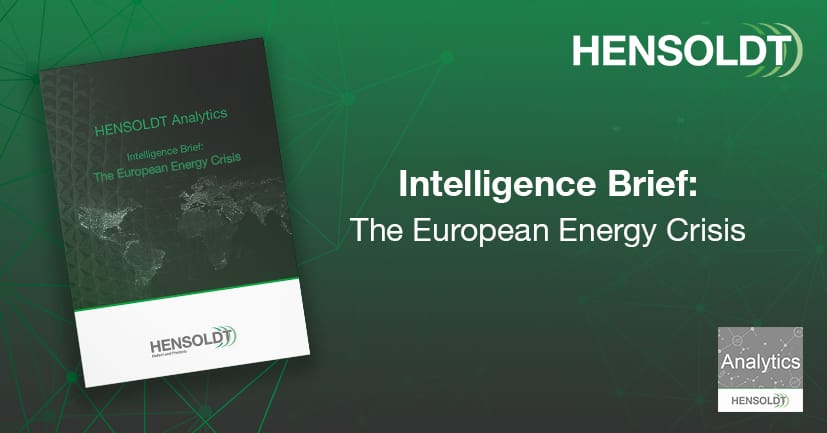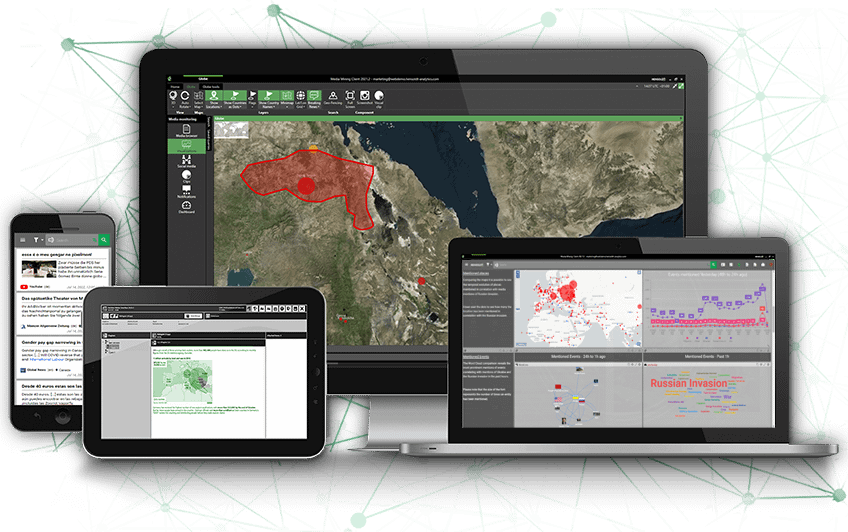Background Information – Brief Overview
Europe is currently facing an unprecedented energy crisis while crude oil and gas prices have skyrocketed globally over the past year due to rising demand and low production, Europe has been affected as the continent largely dependent on oil and gas imports.
The Russia-Ukraine war is further exacerbating the situation: Russia, as the world’s largest natural gas exporter and second largest crude oil exporter, has been gradually reducing energy exports to Europe. At the same time, in response to the invasion of Ukraine, Europe is trying to reduce its energy dependence on Russia. Among other things, the EU has agreed to stop 90% of all oil imports from Russia by the end of the year.
However, the gas shortage is causing problems for Europe: some member states, such as Germany, are now turning to coal- and oil-fired power plants saving gas storages for winter. Still, it is unclear whether this will be enough to combat the energy shortage.
Trend Analysis – Oil & Gas
Through strategic mining of multi-media sources – including audio and text processing – it is possible to monitor and identify trends in real-time. The trend graph below shows mentions of Crude Oil and/or Natural Gas in traditional and social media in the past three months.

Three outliers can be identified:
The increased mentions of gas on April 27 can be explained by Russia cutting gas supplies to Poland and Bulgaria.
The spike in mentions of oil on May 4 can be contributed to the EU‘s proposal of a complete import ban on all Russian oil.
The increased mentions of oil on May 31 can be interpreted as a result of the EU leaders reaching an agreement to ban 90% of Russian crude oil by the end of the year.
Qualitative Analysis – Oil & Gas
The following tweets were shared between April 27 and May 31. The included screenshots sourced from the HENSOLDT Analytics Media Mining System were selected based on high post potential reach (i.e., number of people who may have seen the posts) generated by the system.

Relations Graph – Oil & Gas
The HENSOLDT Analytics relations widget displays the most closely associated named entities related to Oil and/or Gas in the last month. The color of the lines connecting the entities visualizes the sentiment between different profiles.

Two characteristics are worth highlighting:
India’s connection with Russia can be contributed to their increased purchase of Russian oil. This link is the only one colored orange signaling mixed sentiment while the others are colored red.
Joe Biden’s (distant) connection to Donald Trump reflects Trump’s strong presence in the U.S. debate over oil prices.
Globe Analysis – Oil & Gas
The HENSOLDT Analytics globe widget visualizes the search results on a geographical map, providing an overview of all countries mentioned. The maps below show mentions of Oil and/or Gas in June 2021 and 2022. In 2022, most mentions of oil and/or gas refer to Ukraine and Russia. Differences to 2021 can be seen, apart from the Middle East, especially in Nigeria: As the largest oil and gas producer in Africa, the country records a substantial number of media mentions in 2021, while there are significantly fewer mentions in 2022.

Pie Analysis – Liquefied natural gas
The HENSOLDT Analytics pie widget visualizes the percentage of named entities. The two pie charts below show the 10 most mentioned countries related to Liquefied natural gas (LNG) in the past month. Consequently, some of these countries will be discussed in more detail:

The high percentage of mentions of Germany can be explained by the start of construction of several LNG terminals. Most notably, this is intended to reduce dependence on Russian gas.
China and Japan are among the top 10 mentions, as the two countries are the largest importers of LNG internationally. While Japan, as an island nation, has traditionally imported the most LNG, China has multiplied imports since last year. Most of the LNG, besides the U.S. and Russia, comes from Qatar.
Globe Analysis – Coal
The HENSOLDT Analytics globe widget visualizes the search results on a geographical map, providing an overview of all countries mentioned. The map below shows mentions of coal in the last month. Out of all countries, Germany has the highest number of mentions. The country has recently been on the news for reactivating old coal-fired power plants to compensate for the loss of gas. The increased mentions of China and India are based on the fact that the two countries have increased coal power in recent months, partly due to cheap exports from Russia.

Future Outlook
The future of the energy crisis is unclear: The EU is currently working on a contingency plan in case Russia decides to stop its gas deliveries altogether. Nevertheless, gas supplies are low, and it is a race against time to see if enough gas can be stored for heating homes during the winter.
While the situation in most European countries is tense, gas storage levels in Ukraine are particularly low: the country is therefore dependent on energy imports from the EU – which, however, are only possible if Europe has a surplus it can spare. With the coming winter and the precarious living conditions of more than 7 million internally displaced persons in Ukraine, experts thus anticipate another large wave of refugees to the EU.
HENSOLDT Analytics will continue to monitor the media
landscape around this issue.
This is a brief and unbiased overview of the data collected by the HENSOLDT Analytics system and does not represent the entirety of the information gathered on the topic thus cannot be treated as singular and final analysis of the event(s).





